Is Dave’s Killer Bread Actually Good For You? A Dietitian Breaks It Down
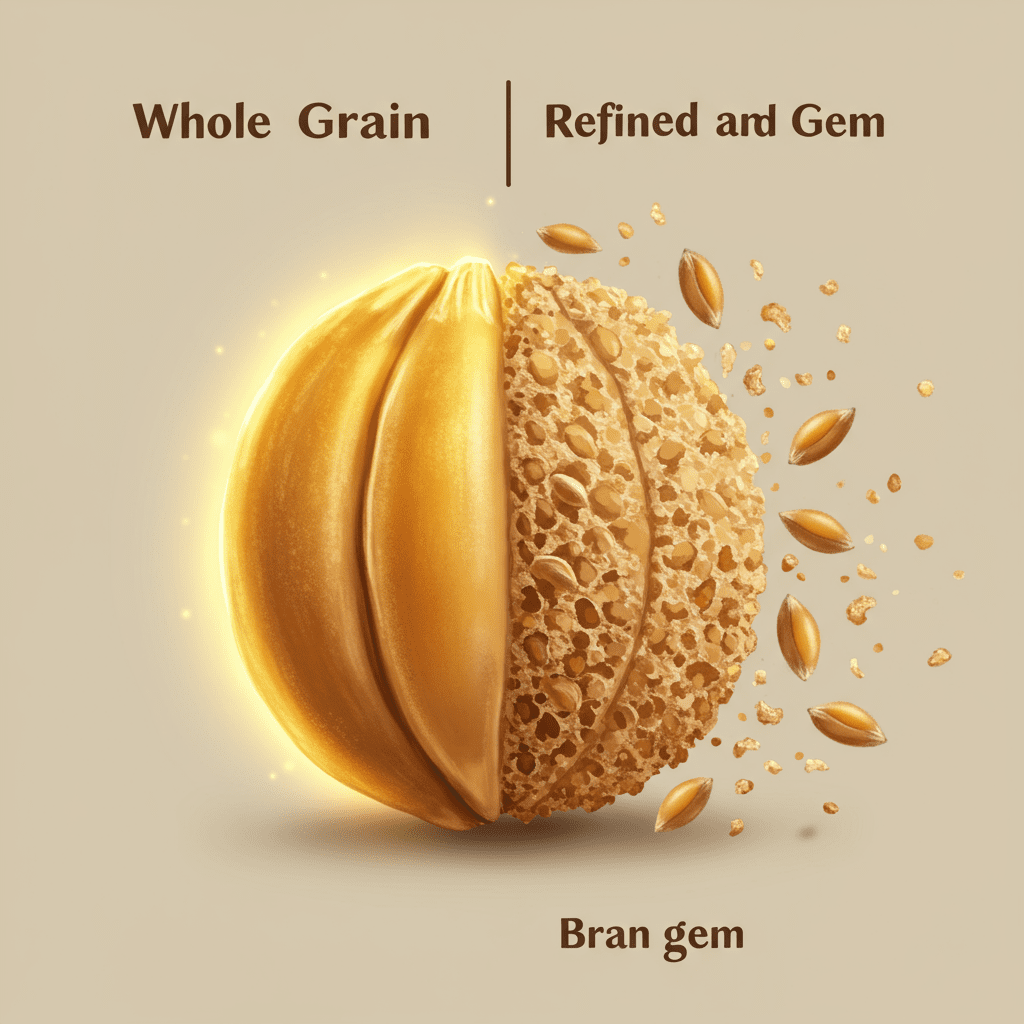
Walking down the bread aisle can feel like a pop quiz you didn’t study for. Labels shout ‘whole grain,’ ‘multigrain,’ and ‘all-natural,’ leaving you wondering what’s actually healthy.
One brand that always seems to stand out is Dave’s Killer Bread, with its bold packaging and loyal following. But is it genuinely a better choice, or is it just great marketing?
As a registered dietitian and wellness expert, my job is to cut through the noise and give you clear, science-backed answers. We’re going to break down everything you need to know about Dave’s Killer Bread, from its nutrient profile to its ingredient list, so you can make an informed choice that feels right for you and your health goals.
- What Makes Dave’s Killer Bread Different from Other Breads?
- Why Are Whole Grains So Important Anyway?
- A Dietitian’s Breakdown of the ’21 Whole Grains and Seeds’ Label
- Should You Be Worried About the Sugar?
- How Much Do Those Seeds Really Matter?
- Is the Thin-Sliced Version a Better Choice?
- What About Their Bagels, Buns, and English Muffins?
- So, Who Is This Bread Actually For?
- Conclusion
What Makes Dave’s Killer Bread Different from Other Breads?
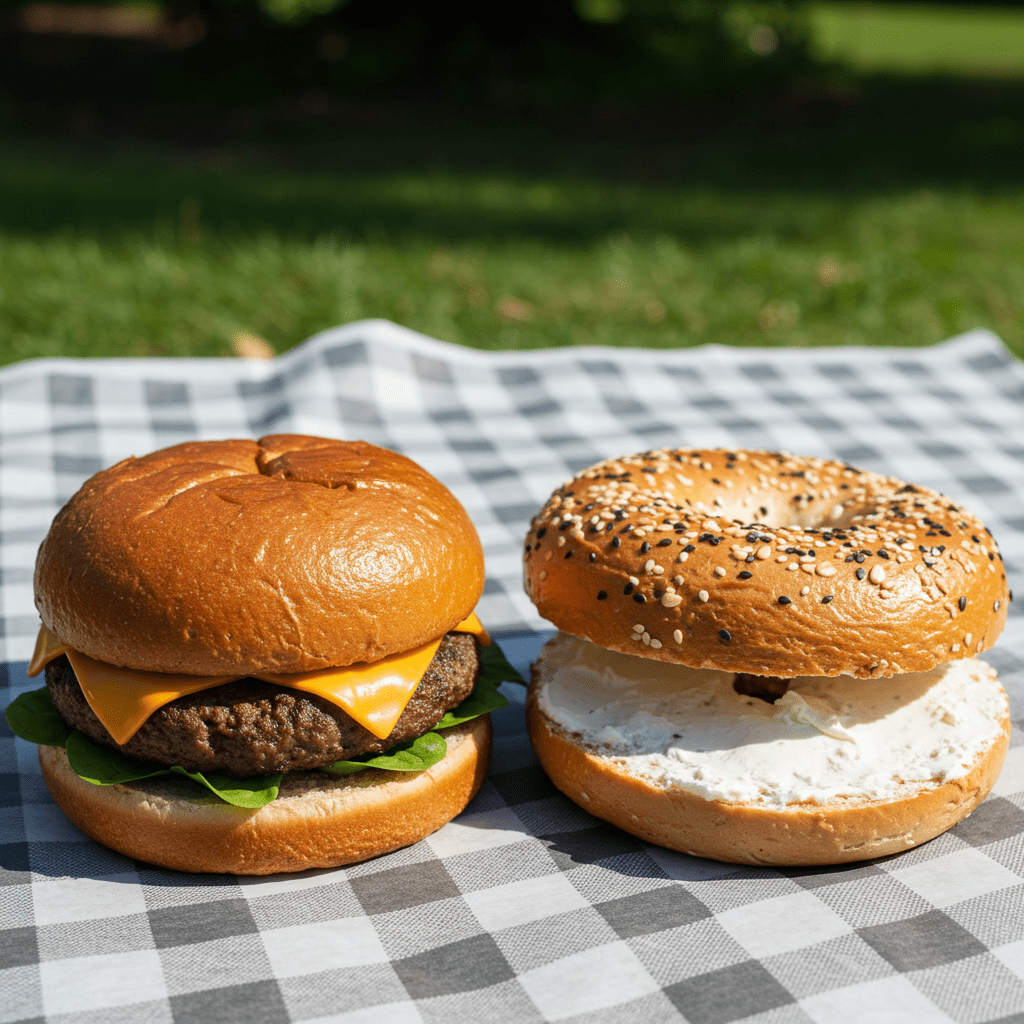
Before we even get to the nutrition facts, it’s worth noting what sets this brand apart. Dave’s Killer Bread has built its identity on two key pillars: its ingredients and its mission.
They are committed to using USDA-certified organic and non-GMO project verified ingredients, which means no synthetic pesticides or herbicides are used in the growing of their grains. This is a major draw for many health-conscious consumers.
Beyond the label, their story is unique. The ‘Dave’ is Dave Dahl, who turned his life around after prison and co-created the company.
They are a proud ‘Second Chance Employer,’ actively hiring people with criminal backgrounds who need a fresh start. While this doesn’t change the nutrition, it adds a layer of social consciousness to your purchase that resonates with many people.
Why Are Whole Grains So Important Anyway?
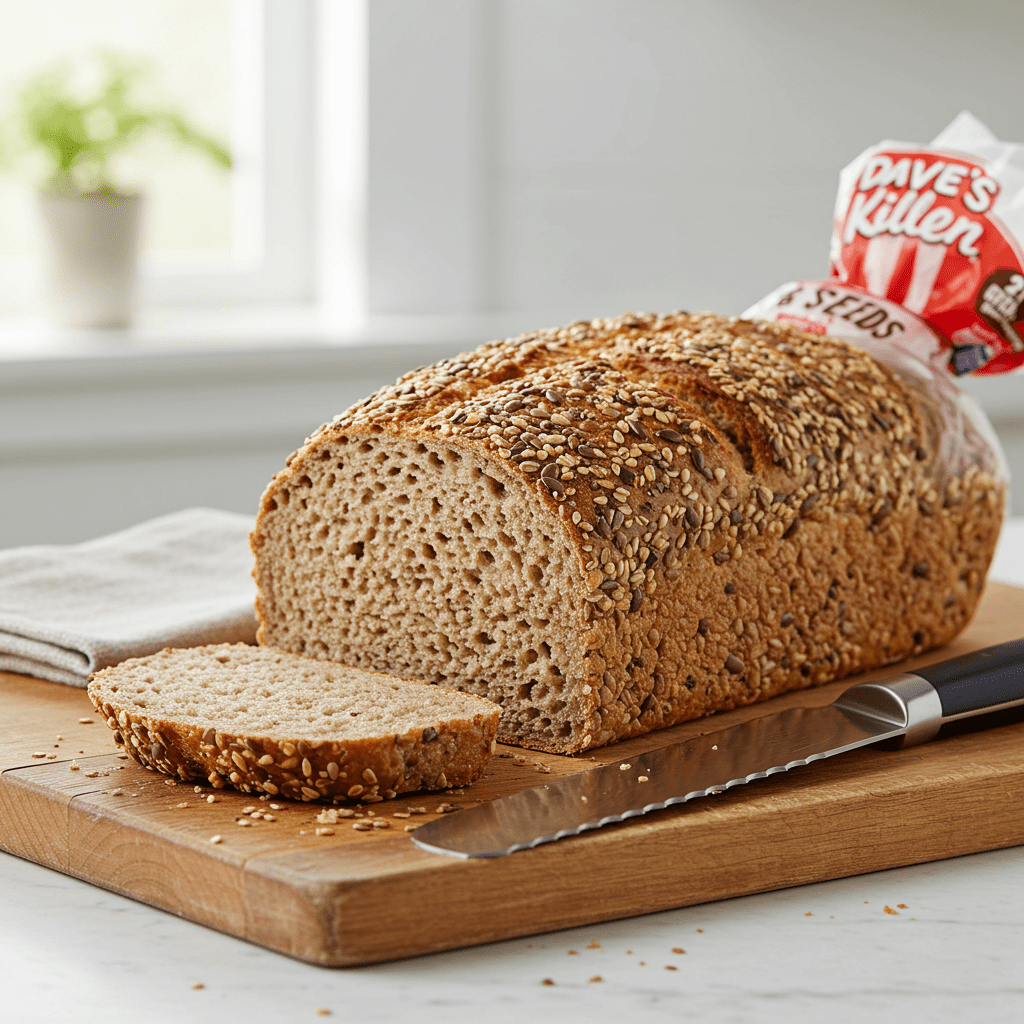
To understand the benefits of this bread, we first need to appreciate its foundation: whole grains. Unlike refined grains, which are stripped of their bran and germ, whole grains contain the entire kernel.
This means they retain all their valuable nutrients, most notably fiber, vitamins, and minerals. The Dietary Guidelines for Americans recommends that at least half of the grains you eat are whole grains, and for good reason.
According to the Harvard T.H. Chan School of Public Health, a diet rich in whole grains has been linked to a lower risk of heart disease, type 2 diabetes, and certain types of cancer.
The fiber in whole grains is a powerhouse for digestive health, helps you feel full and satisfied, and aids in stabilizing blood sugar levels. So, when a bread lists ‘organic whole wheat‘ as its very first ingredient, like Dave’s does, it’s a very good sign.
A Dietitian’s Breakdown of the ’21 Whole Grains and Seeds’ Label
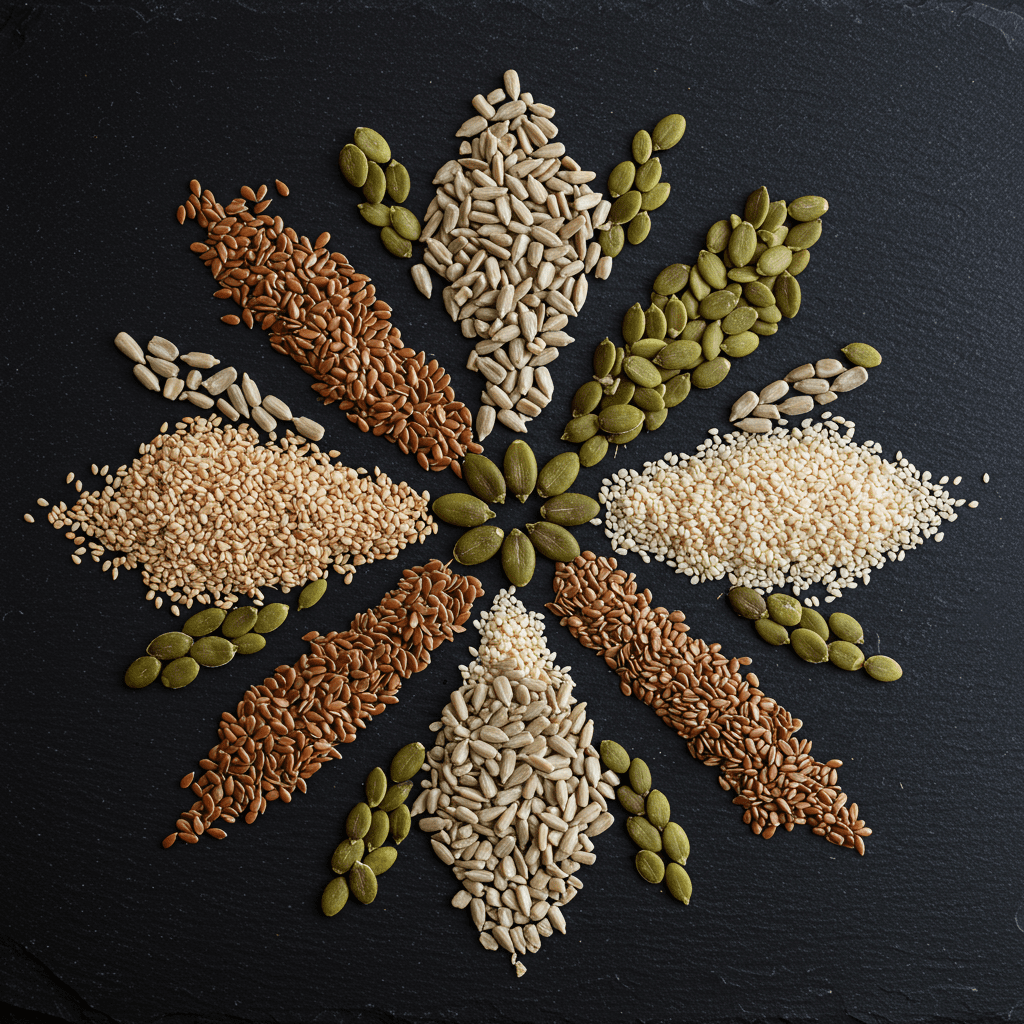
Let’s zoom in on their most popular variety, ’21 Whole Grains and Seeds,’ to see what we’re working with. One slice contains:
- Calories: 110
- Protein: 5 grams
- Fiber: 5 grams
- Added Sugar: 5 grams
From a dietitian’s perspective, 5 grams of protein and 5 grams of fiber per slice is impressive for bread.
Protein is essential for muscle repair and satiety, while fiber, as we discussed, is crucial for gut health and feeling full. These two macronutrients working together make this bread far more satisfying than your average slice of white bread, which typically has only 1-2 grams of each.
This combination helps prevent the rapid blood sugar spike that can come from more processed carbohydrates.
Should You Be Worried About the Sugar?
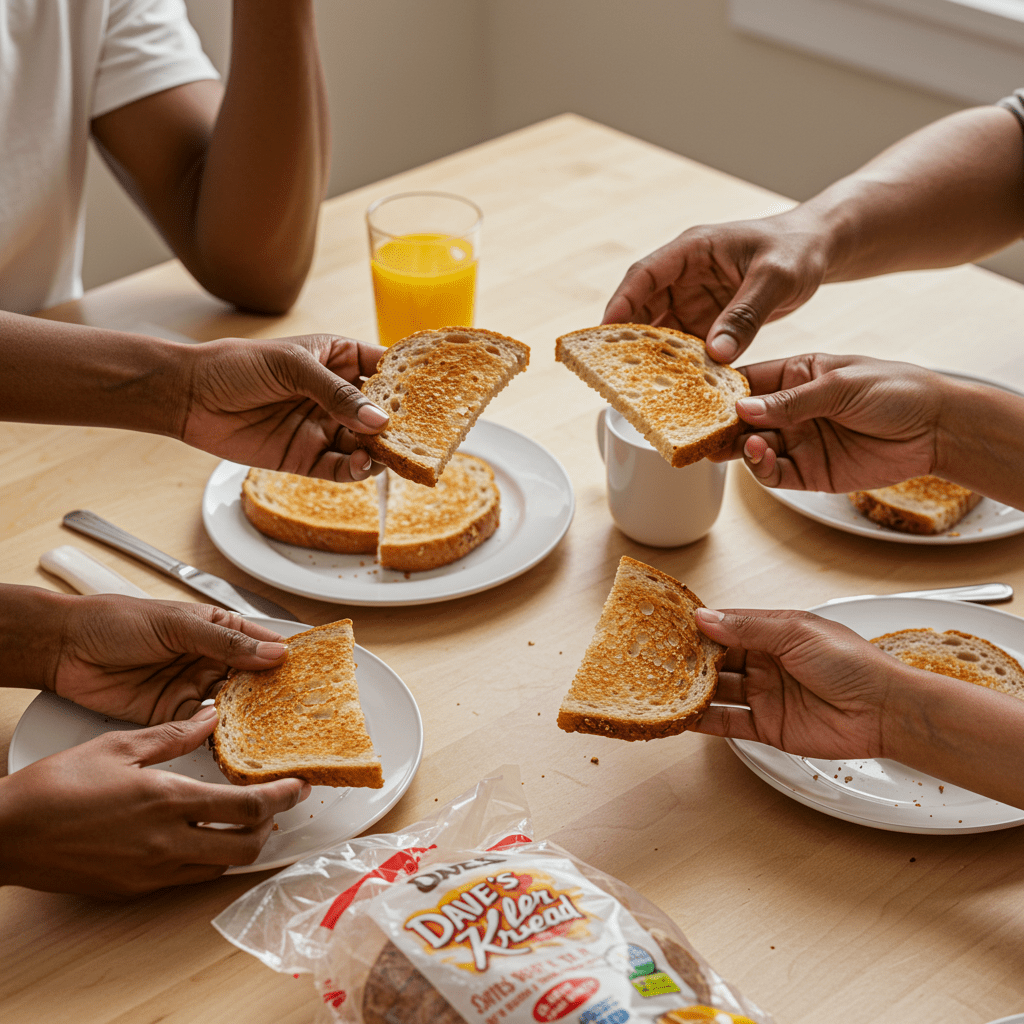
The 5 grams of added sugar per slice is often the biggest point of contention. Let’s put this into context.
The American Heart Association (AHA) recommends that men consume no more than 36 grams of added sugar per day, and women no more than 25 grams. A sandwich with two slices of this bread would contribute 10 grams, which is a significant portion of that daily budget, especially for women.
The sugar (organic cane sugar) is likely there to balance the natural bitterness of the whole grains and for texture. Is it a dealbreaker?
For most people, no. As a dietitian, I encourage looking at the whole picture.
The high fiber and protein content help slow the absorption of this sugar. However, if you have diabetes, are insulin resistant, or are actively trying to minimize all added sugars, you might want to consider their ‘Powerseed’ variety, which has only 1 gram of sugar per slice, or another brand altogether.
How Much Do Those Seeds Really Matter?
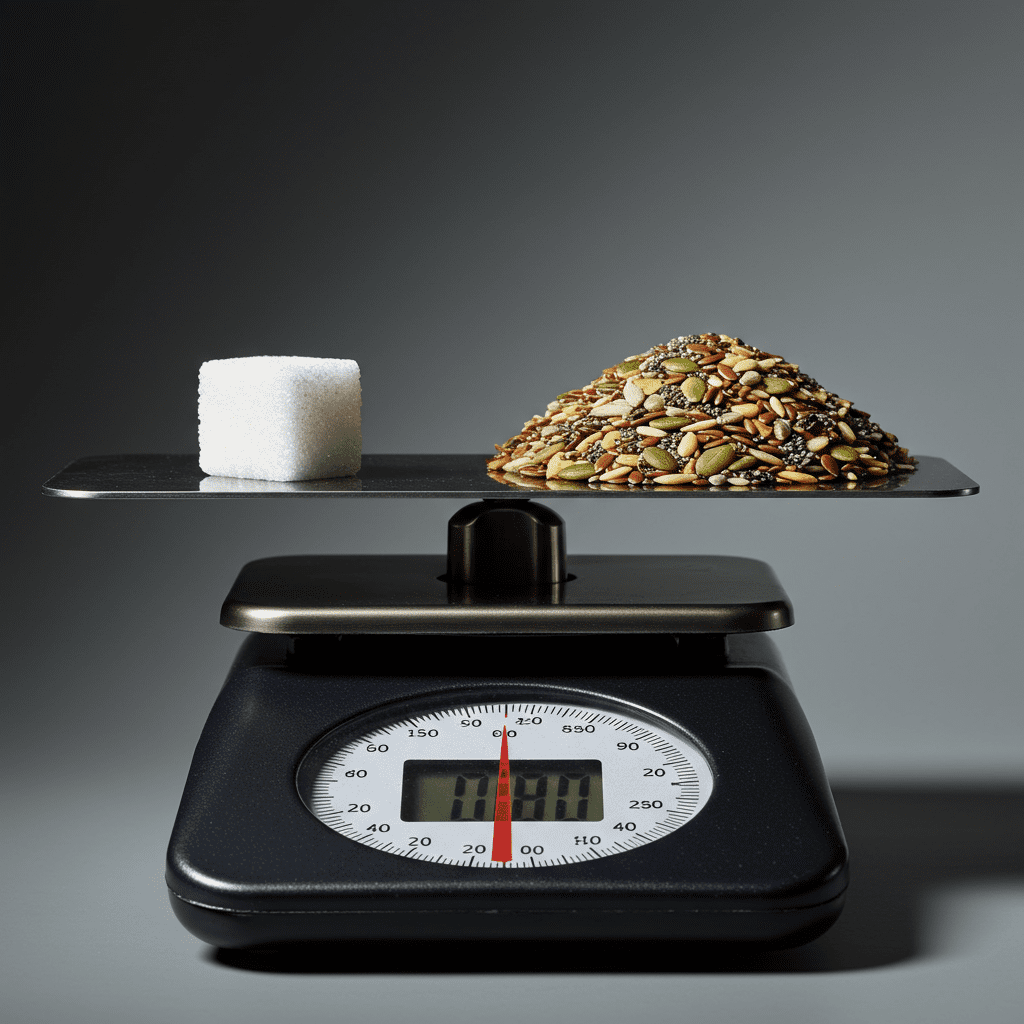
The ’21 Whole Grains and Seeds’ mix isn’t just for texture and marketing; it adds real nutritional value. Let’s look at a few of the key players:
- Flax Seeds: A fantastic source of alpha-linolenic acid (ALA), a plant-based omega-3 fatty acid. As noted by the Cleveland Clinic, omega-3s are vital for heart and brain health.
- Sunflower and Pumpkin Seeds: These are packed with minerals and healthy fats. Pumpkin seeds, in particular, are a great source of magnesium, a mineral involved in over 300 bodily functions, including muscle function and blood pressure regulation.
- Sesame Seeds: They provide a nutty flavor and are a source of lignans, which have antioxidant properties.
While the quantity of each seed per slice isn’t huge, their combined effect contributes to the overall nutrient density, boosting the vitamin, mineral, and healthy fat content beyond what you’d get from a simple whole wheat bread.
Is the Thin-Sliced Version a Better Choice?
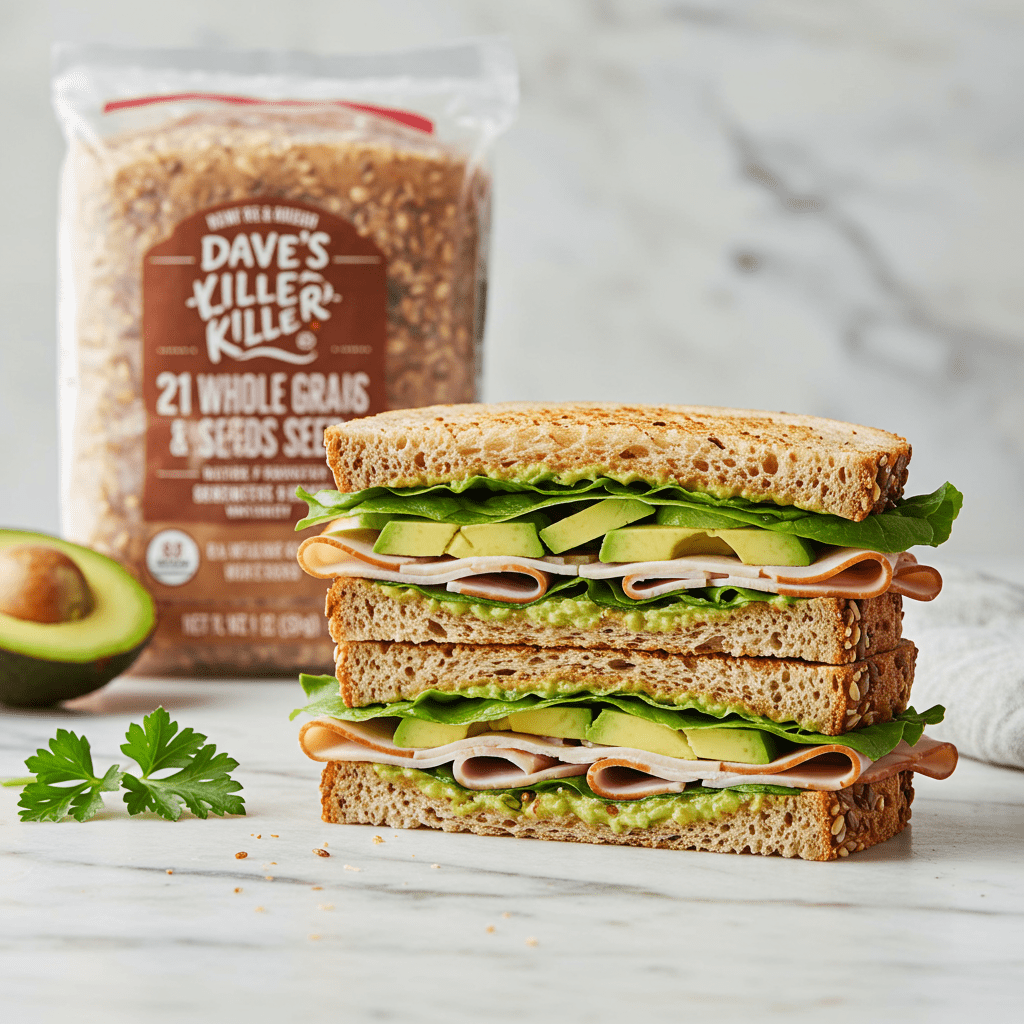
For those who are more calorie-conscious or prefer a lighter sandwich, Dave’s offers thin-sliced versions of their popular breads. For the ’21 Whole Grains and Seeds’ variety, a two-slice serving comes in at 140 calories, with 6 grams of protein, 3 grams of fiber, and 6 grams of sugar.
Notice that for slightly more calories than one regular slice, you get two slices, but the fiber is lower. This makes sense as the slices are smaller.
The thin-sliced bread is an excellent option for a classic closed sandwich, as it keeps the calorie count down while still providing more fiber and protein than most conventional breads. I often recommend the thicker slices for open-faced sandwiches or toast, and the thin slices for traditional lunch sandwiches.
What About Their Bagels, Buns, and English Muffins?
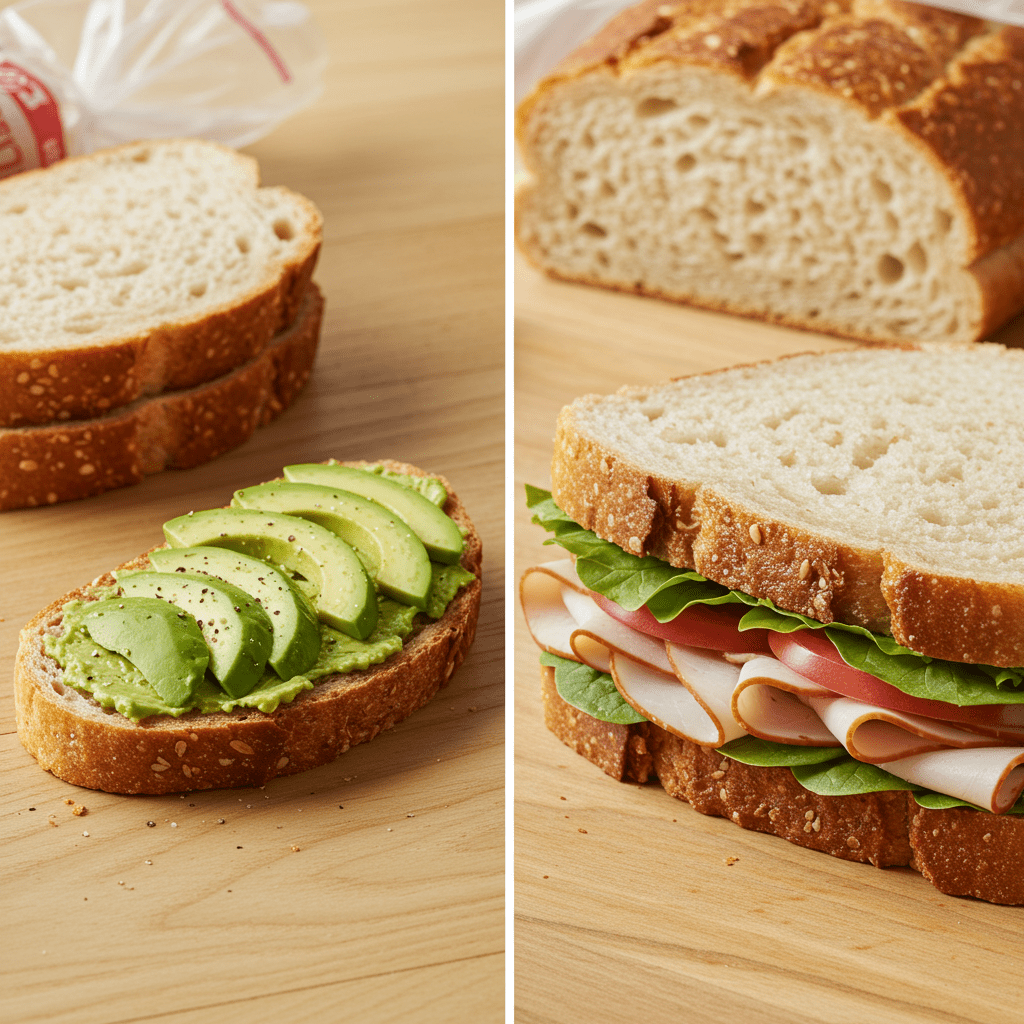
Dave’s has expanded its line to include other bakery staples, and they generally follow the same nutritional philosophy. Their ‘Epic Everything’ Bagels, for instance, are a standout.
One bagel has 13 grams of protein and 5 grams of fiber, which is far superior to a typical deli bagel that can be a bomb of refined flour with very little fiber. Similarly, their ’21 Whole Grains and Seeds’ burger buns provide a way to upgrade your barbecue with more fiber and nutrients than the standard white bun.
These products are excellent ways to incorporate more whole grains into meals where they are often missing.
So, Who Is This Bread Actually For?

Dave’s Killer Bread is an excellent choice for a wide range of people, including:
- Health-conscious individuals looking to increase their fiber and whole grain intake.
- Active people and athletes who can benefit from the higher protein and carbohydrate content for energy and muscle recovery.
- Families wanting to introduce more nutrient-dense options to their children.
- Vegans, as all their bread products are plant-based and free of animal products.
However, it might not be the best fit for everyone. Individuals with Celiac disease or a strong gluten intolerance must avoid it, as it is wheat-based.
Those on very low-carb or ketogenic diets will also find the carb count too high. Finally, the price point can be a barrier for some, as it is a premium product.
Conclusion
So, is Dave’s Killer Bread a healthy choice? As a dietitian, my answer is a resounding yes—for most people.
It excels in the areas that matter most for a healthy bread: it’s made from whole grains, it’s packed with an impressive amount of fiber and protein, and it includes a variety of nutrient-rich seeds. While the added sugar is a valid consideration, its impact is softened by the high fiber content, and it fits within a balanced diet.
Ultimately, the ‘healthiest’ bread is one that you enjoy eating and that aligns with your specific dietary needs and goals. Dave’s Killer Bread does a fantastic job of making a nutritious option that is also incredibly delicious, which is a rare and winning combination in the world of bread.
